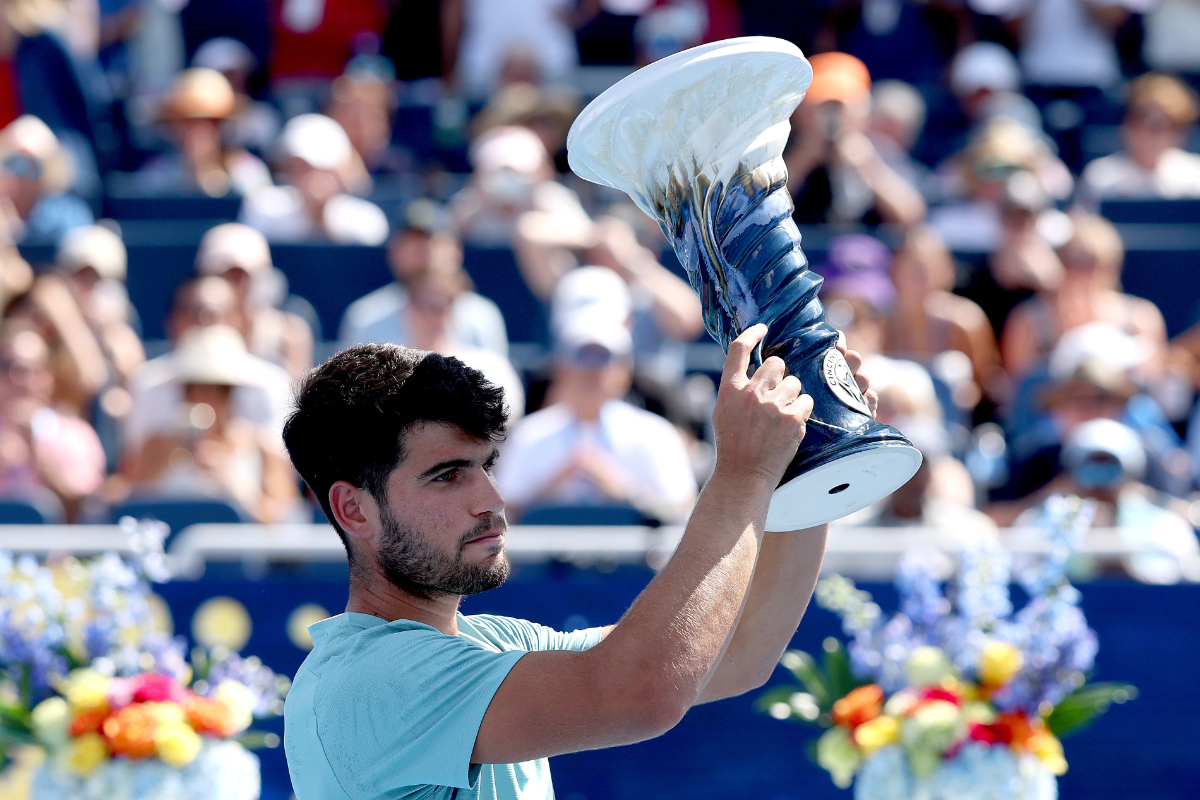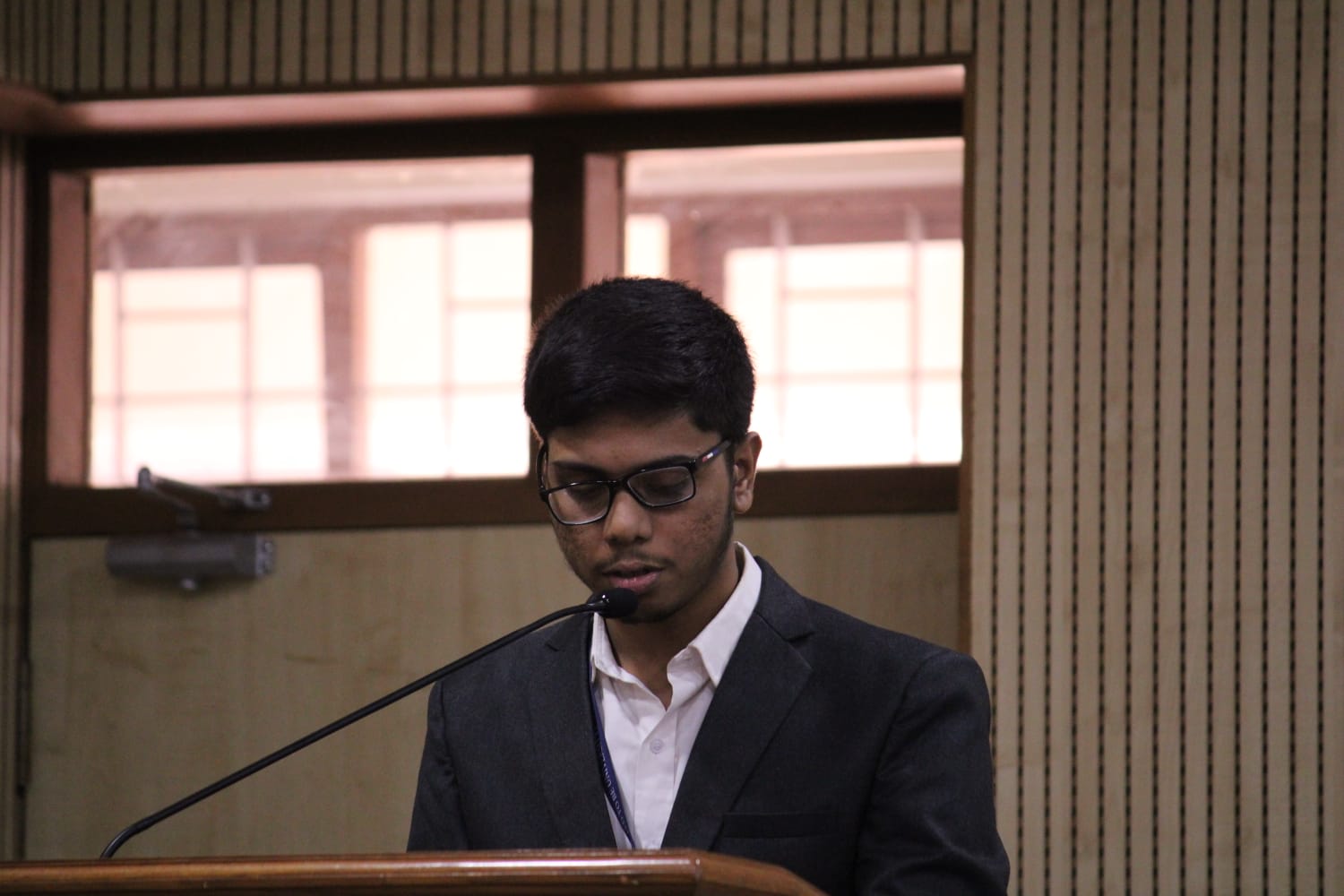For weeks, tennis fans circled the 2025 Cincinnati Masters final as a match that could define the season. The world’s top two players, Jannik Sinner and Carlos Alcaraz, were set to write the next chapter of a rivalry that has already begun to rival the great duels of the Federer–Nadal era. The stadium was packed long before the first ball was struck; supporters, journalists, and even former players sensed this wouldn’t just be a title match but a statement of who held the momentum heading into the US Open.
From the first rally, it was clear Alcaraz had arrived with an aggressive intent. He pinned Sinner behind the baseline with heavy, kicking forehands and finished points with bold forays to the net. The Spaniard’s early 5–0 lead wasn’t just about shot-making it was about conviction. Sinner, however, didn’t look like the calm counter-puncher the public has grown used to; his footwork was half a step slow, his serve lacked its usual bite, and several times he bent over between points as the 31°C heat and humidity began taking a very visible toll. For a moment, the crowd thought they were witnessing another one of Sinner’s trademark momentum reversals. At 0–5, he produced three clean winners in a row, forcing Alcaraz, briefly, into a defensive shell. But then, as he walked back to the baseline, Sinner paused, hands on knees, chest visibly heaving, and signaled to the chair umpire. After just 23 minutes of play, he retired. The entire stadium fell silent, not out of frustration, but in shock. These two rarely concede an inch to each other; for one of them to concede the match felt almost surreal. And then came the moment that people may remember even more than the result itself. Alcaraz crossed the net, placed an arm around his rival’s shoulders, and whispered something that wasn’t picked up by the microphones but, judging by Sinner’s expression, was deeply felt.
“This isn’t how I wanted to win,” Alcaraz later told the press. “Jannik is a champion. The rivalry deserves better.” The tennis world quickly shifted its reaction from disappointment to appreciation. Despite its abrupt end, the match deepened the rivalry not through rallies and scorelines, but through respect, vulnerability, and recognition. From an analytical perspective, the result still matters. It gives Alcaraz his first-ever Cincinnati title, his eighth ATP Masters 1000 crown, and pushes his 2025 season total to six titles — all before the US Open. Perhaps more significantly, it breaks Sinner’s 26-match hard court winning streak, handing Alcaraz a psychological edge just days before the sport shifts to New York. Statistically, the rivalry now stands at 8–5 overall, with Alcaraz leading 4–2 in finals.
But numbers don’t quite reflect what this rivalry has become. What began as a contest between two “Next Gen” players fighting for future relevance has evolved into the defining contest of men’s tennis, a tug-of-war played not just with racquets but with mutual admiration. As the players left the court, the crowd rose not for the scoreline, but for the story still being written. If this was a preview of what might unfold at Flushing Meadows, it’s not the fatigue they’ll remember; it’s the feeling that the sport is living through the beginning of its next great era.

